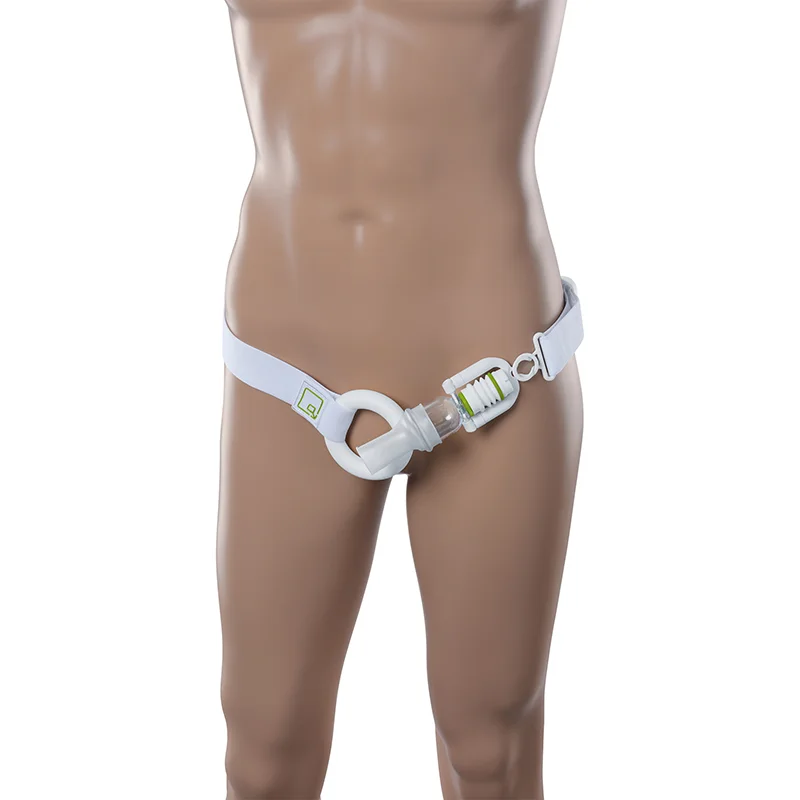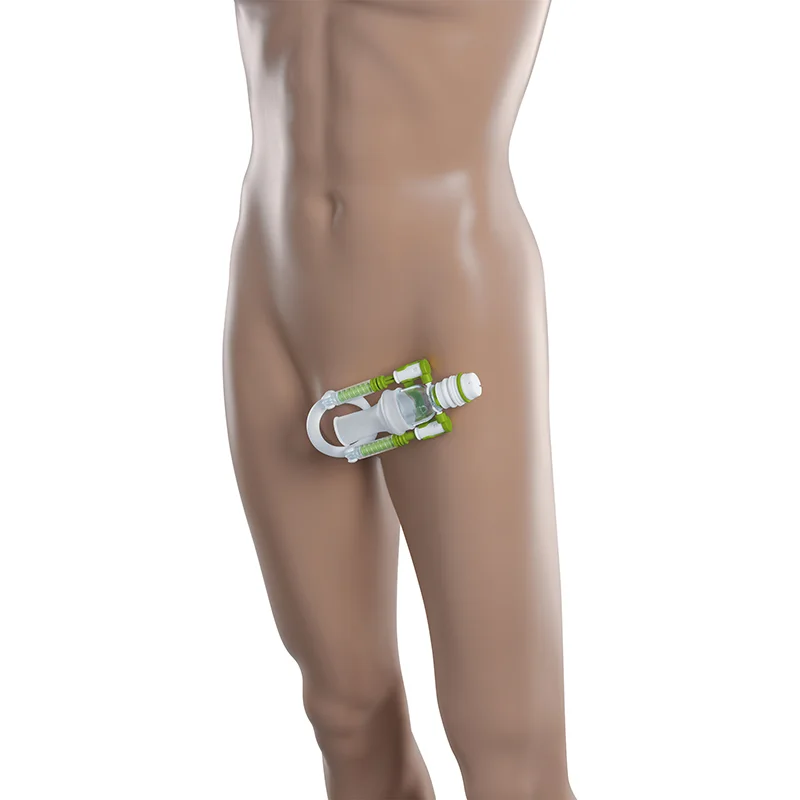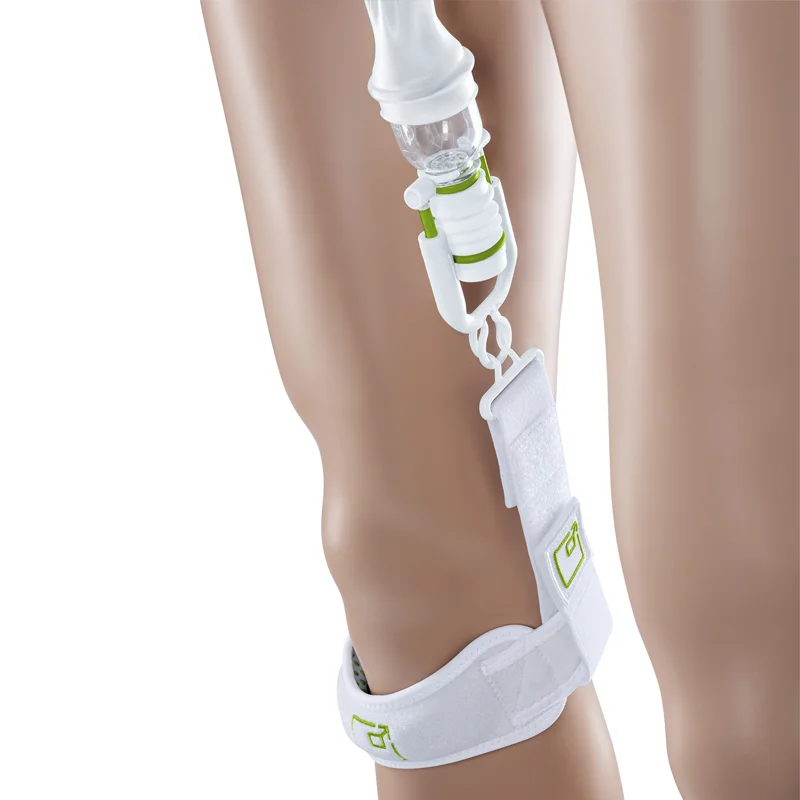Top quality product with clinical study to back its effectiveness, during setup a piece of the product
broke and I emailed them regarding my issue and they resolved it within 24 hours.
Oct. 25th, 2024 -
USA
(via Trustpilot)



